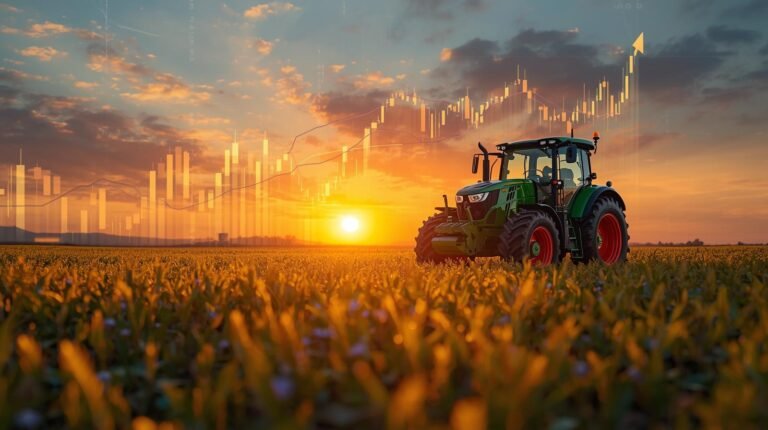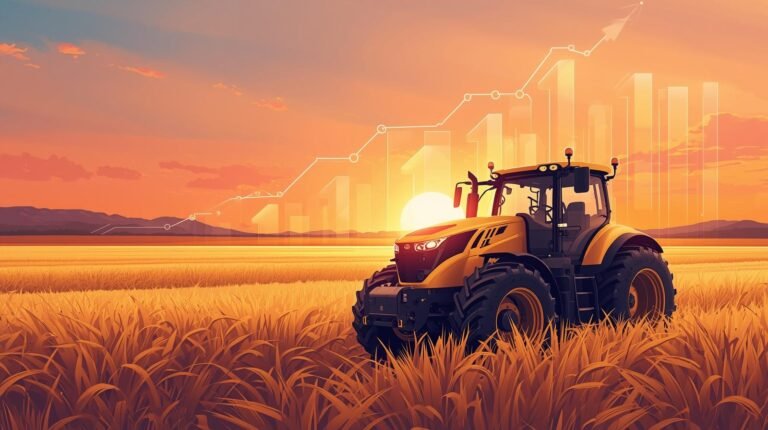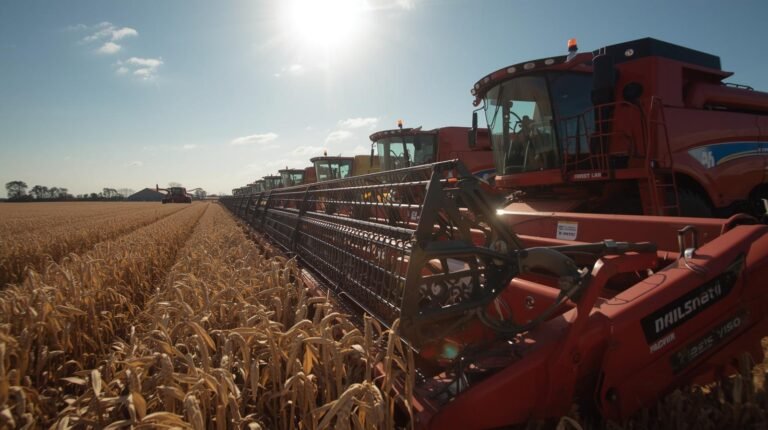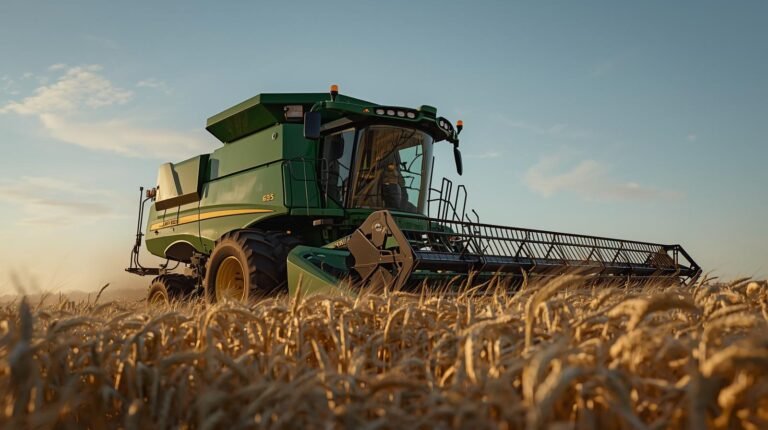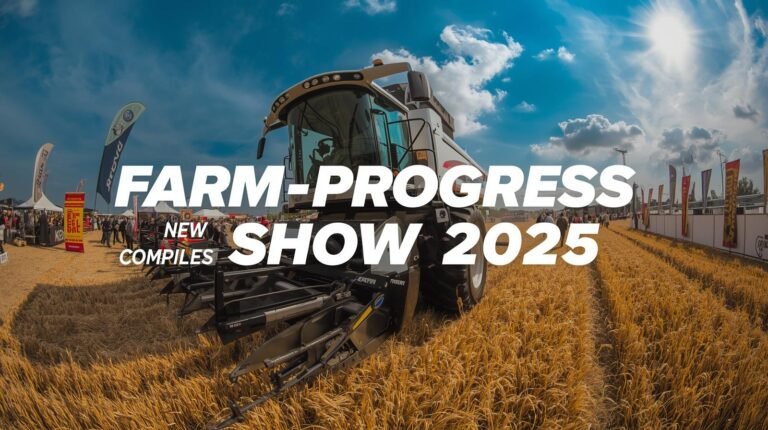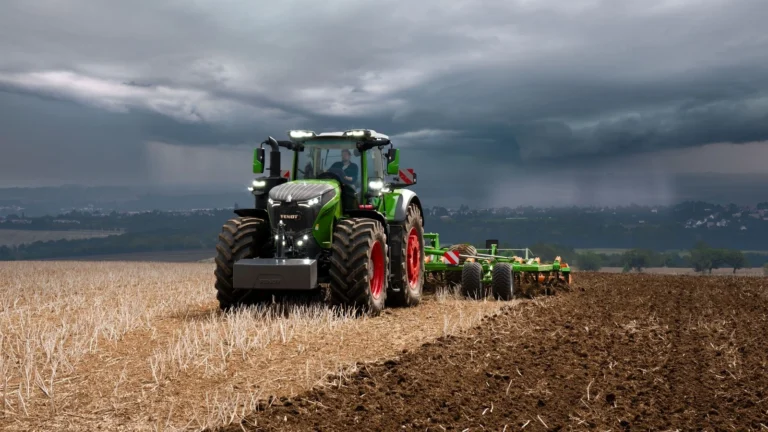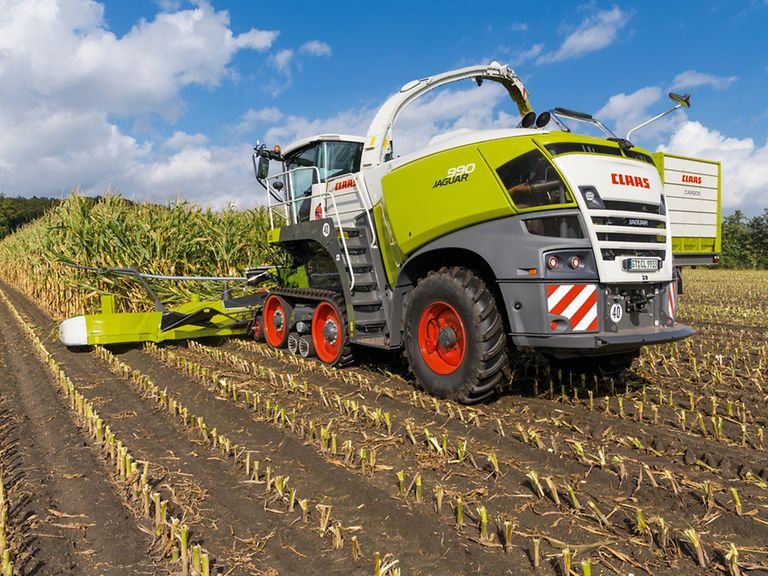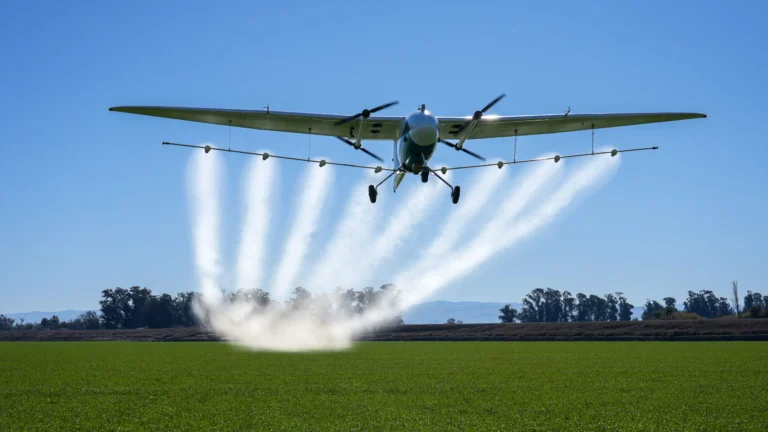The demand for healthier, sustainably produced food is reshaping the agricultural landscape.
Consumers are increasingly turning to organic products, driving significant growth in a market that prioritizes environmental health and natural processes.
This shift presents a compelling opportunity for investors looking to align their portfolios with long-term wellness and sustainability trends.
As we look toward 2025, the organic agriculture sector is not just a passing fad; it’s a robust industry with substantial financial potential.
This article will explore the best organic agriculture stocks for the coming year. We will analyze companies that are leading the charge in organic farming, food production, and distribution.
You will gain insights into their market performance, growth strategies, and why they stand out as prime investment candidates.
Why Invest in Organic Agriculture?
The appeal of organic agriculture is rooted in a powerful consumer movement toward transparency and health. Shoppers are willing to pay a premium for foods free from synthetic pesticides, hormones, and genetically modified organisms (GMOs).
This sustained demand creates a resilient market for companies operating within the organic space.
Market data supports this trend. The global organic food and beverage market is projected to continue its upward trajectory, fueled by heightened health consciousness and growing concerns over the environmental impact of conventional farming.
For investors, this translates into an opportunity to invest in companies with strong pricing power, loyal customer bases, and a business model that is becoming more mainstream every day.
Top Organic Agriculture Stocks for 2025
Identifying the right stocks requires looking beyond the “organic” label. We need to assess a company’s financial health, market position, and ability to innovate. Here are five top contenders that demonstrate strong potential for growth in 2025.
1. Sprouts Farmers Market (SFM)
Sprouts Farmers Market is a specialty grocery retailer that has carved out a niche by offering fresh, natural, and organic foods at affordable prices. Its smaller store format and focus on produce create a unique shopping experience that differentiates it from larger competitors.
Why It’s a Good Investment:
Sprouts continues to expand its footprint across the United States, targeting health-conscious consumers who value quality and value.
The company’s emphasis on a curated selection of organic and specialty items, including a robust private-label brand, drives strong customer loyalty and healthy profit margins.
As it refines its e-commerce strategy and supply chain, Sprouts is well-positioned to capture a larger share of the growing organic grocery market.
2. The Hain Celestial Group (HAIN)
The Hain Celestial Group is a leading organic and natural products company with a diverse portfolio of well-known brands. From Celestial Seasonings teas to Earth’s Best organic baby food, Hain has a significant presence in multiple grocery aisles.
Why It’s a Good Investment:
After a period of strategic restructuring to streamline its brand portfolio and improve profitability, Hain Celestial is emerging as a more focused and efficient company.
Its leadership is committed to driving growth through innovation in high-demand categories like plant-based products and personal care. With a strong distribution network and established brand recognition, Hain is poised to benefit from the mainstreaming of organic and natural products.
3. United Natural Foods, Inc. (UNFI)
United Natural Foods is a crucial link in the organic food supply chain. As one of North America’s largest wholesale distributors of natural and organic foods, UNFI supplies thousands of grocery stores, ranging from independent retailers to large chains like Whole Foods Market.
Why It’s a Good Investment:
UNFI’s role as a distributor makes it a fundamental player in the entire organic ecosystem. The company’s extensive logistics network and broad product catalog are essential for retailers looking to meet consumer demand for organic options.
While the distribution business operates on thinner margins, UNFI’s scale and indispensable role provide a stable foundation. Efforts to improve operational efficiency and expand its services offer potential for steady growth as the overall organic market expands.
4. Cal-Maine Foods (CALM)
As the largest producer and distributor of fresh shell eggs in the United States, Cal-Maine Foods has made significant investments in specialty eggs, including organic and cage-free varieties. This strategic pivot aligns perfectly with evolving consumer preferences and regulatory changes.
Why It’s a Good Investment:
The demand for specialty eggs is growing much faster than that for conventional eggs. Cal-Maine’s leadership in this category gives it a distinct advantage.
The company’s scale allows it to manage production costs effectively while capitalizing on the premium pricing of its organic and cage-free products.
With a strong balance sheet and a business model directly tied to the humane and sustainable food movement, Cal-Maine offers a direct way to invest in a key segment of the organic market.
5. AppHarvest (APPH)
AppHarvest is an applied technology company focused on developing large-scale indoor farms. It uses advanced methods like hydroponics and artificial intelligence to grow non-GMO, pesticide-free produce with significantly less water than traditional agriculture.
While it operates in the controlled environment agriculture (CEA) space, its output competes directly with organic produce.
Why It’s a Good Investment:
AppHarvest represents the future of farming. Its high-tech greenhouses are designed to produce higher yields with greater reliability, independent of weather conditions.
This model addresses major sustainability concerns and provides a consistent supply of fresh produce to local markets.
While still in a high-growth phase and facing the challenges of a newer company, its innovative approach to clean, sustainable food production makes it a compelling, albeit higher-risk, long-term investment in the broader movement toward better agriculture.
Actionable Insights for Investors
Investing in the organic agriculture sector offers a path to long-term growth by tapping into a powerful and lasting consumer trend. Before committing capital, consider these final steps:
- Diversify Your Portfolio: While the stocks listed here are strong contenders, consider spreading your investment across different parts of the organic value chain—from producers and distributors to retailers—to mitigate risk.
- Conduct Your Own Research: Use this article as a starting point. Dig into the latest earnings reports, analyst ratings, and company news to form your own informed opinion. The market is dynamic, and staying updated is key.
- Think Long-Term: The shift toward organic and sustainable food is not a short-term trend. The most successful investors in this space will be those who are patient and hold their positions through market cycles, allowing the fundamental growth story to unfold.
By focusing on well-managed companies with strong market positions and clear growth strategies, you can effectively participate in the bright future of organic agriculture.
Also Read

